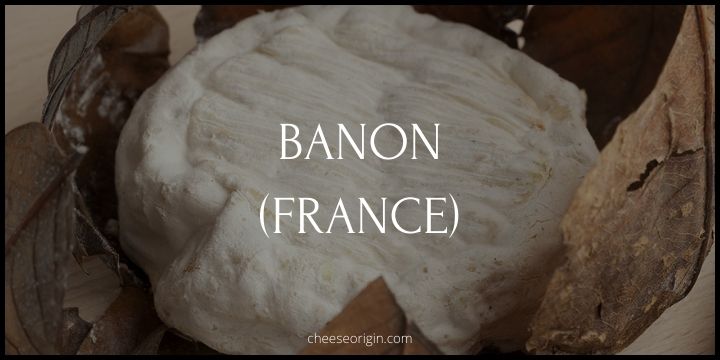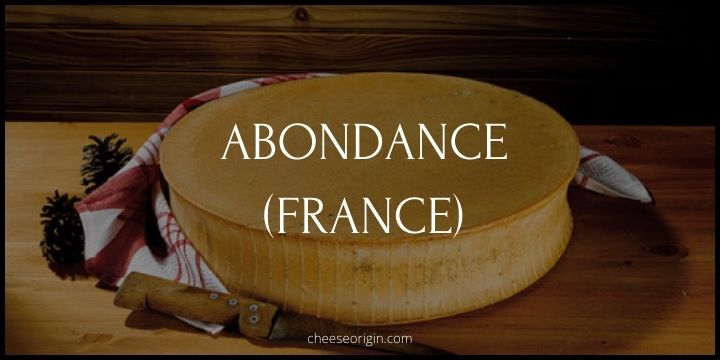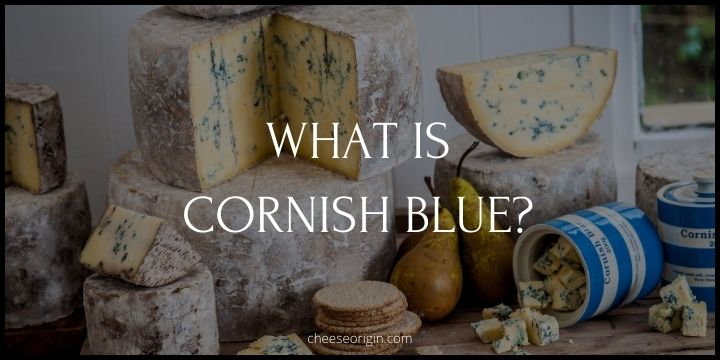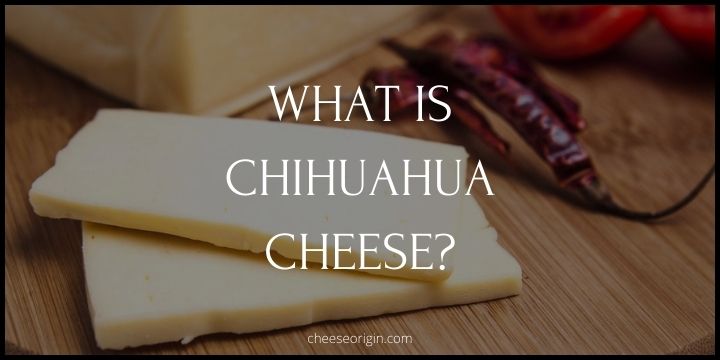What is Banon? The Unpasteurized Delight from Southern France

In the lush landscapes of Provence, southeast France lies the charming town of Banon, renowned for a culinary gem that is as unique as it is tasty.
This treasure is none other than Banon cheese, an unpasteurized delight that has been tickling the taste buds of cheese lovers for centuries.
Known also as Banon à la feuille, this soft, distinctive cheese is crafted from goat’s milk and embodies the rich flavors and traditional cheese-making techniques of its region.
Whether you’re a devoted cheese connoisseur or a casual foodie, join us as we delve into the world of Banon. From its ancient roots to its preparation process, and its delightful flavor profile, we’ll uncover the enchantment of this French masterpiece, one curd at a time.
Quick Facts About Banon Cheese
| Country of Origin | France |
| Region | Haute-Provence |
| Age | 2 weeks to 2 months |
| AOC | It has been protected by an Appellation d’Origine Contrôlée (AOC) since 2003 |
| Classification | Aged Fresh, Artisan, Soft cheese wrapped with chestnut leaves and tied with raffia |
| Milk | Unpasteurized Goat’s (or Sheep’s) Milk, although sometimes cow’s or sheep’s milk is also used |
| Weight and shape | 90 to 120 g (3 to 4 oz), Round |
| Fat content | 45% |
| Size | Diameter: 6 to 7 cm; Height: 2.5 to 3 cm |
| Aroma | Strong, fruity, woody |
| Taste | Young: mild and lactic; Matured: nutty and goaty tang |
| Pairing | Fruity red or white wine, Provençal Rosé |
| Texture | Creamy, smooth, sticky |
| Color | White |
| Special Features | In the final stage of maturation, the cheese is dipped in eau-de-vie and then wrapped in chestnut leaves that have been soaked in white wine |
What is Banon?
Banon cheese is a delightful French cheese that originates from the village of Banon, situated in the region of Provence-Alpes-Côte d’Azur, France. It’s classified as a soft cheese and is traditionally handcrafted using goat’s milk. However, it’s not uncommon to find variations of this cheese made with cow’s or sheep’s milk.
The cheese is easily identifiable due to its unique packaging. After a minimum aging process of two weeks, Banon cheese is dipped in eau-de-vie, a clear fruit brandy. Following this, it’s wrapped in chestnut leaves that have been soaked in white wine. The cheese is then tied with raffia for the final touch. This unique preparation not only gives Banon cheese its distinctive look but also contributes to its exceptional flavor profile.
In terms of physical attributes, Banon cheese is small and round, typically measuring 7cm in diameter and 2.5cm in height, and weighs around 100g. It boasts a creamy and silky texture that’s perfectly complemented by its delicate, slightly acidic taste. The rind of the cheese is edible and adds a slightly tannic flavor to the overall taste.
The intense flavor of Banon cheese strikes a balance between acidity and sweetness, making it a favorite among cheese enthusiasts. Furthermore, the cheese has been awarded Protected Designation of Origin (PDO) status since 2003, which serves as a testament to its quality and authenticity.
What Does Banon Taste Like?
Banon cheese is known for its unique and complex flavor profile. It has an intense, rich taste that strikes a harmonious balance between sweetness and acidity.
The initial flavor of Banon cheese is mildly sweet with a hint of caramel, followed by a slightly acidic tang. As the cheese matures, the flavor intensifies and develops more depth. The edible rind, which is a product of the chestnut leaves in which the cheese is wrapped, adds a slightly tannic flavor to the cheese, giving it a subtle bitterness.
Additionally, the chestnut leaves and the eau-de-vie in which the cheese is soaked impart a woody, fruity undertone to the overall flavor. This combination creates a rustic and earthy taste that is both distinctive and memorable.
In terms of texture, Banon cheese is creamy and soft, which further enhances the eating experience. It melts in the mouth, releasing its flavors gradually for a lingering, satisfying aftertaste.
Banon Tasting Notes
- Initial Flavor: The first taste of Banon cheese is mildly sweet, often resembling the subtle sweetness of caramel.
- Acidity: Following the initial sweetness, there’s a noticeable tangy, slightly acidic note that adds an interesting contrast to the flavor profile.
- Intensity: As the cheese matures, its flavor intensifies, developing more depth and complexity over time.
- Tannic Notes: The edible rind of the cheese, formed from the chestnut leaves it’s wrapped in, imparts a slight tannic flavor. This adds a subtle hint of bitterness that enhances the overall taste.
- Woody, Fruity Undertones: The soaking of the cheese in eau-de-vie and the chestnut leaf wrapping contribute to a unique woody, fruity undertone. This gives the cheese a rustic, earthy taste that’s both distinctive and memorable.
- Texture: The texture of Banon cheese is creamy and soft, which melts in the mouth and gradually releases its flavors for a lingering, satisfying aftertaste.
- Aftertaste: The aftertaste of Banon cheese is long-lasting and satisfying, leaving a blend of sweet, acidic, and slightly bitter flavors on the palate.
What Pairs Well With Banon?
Food that goes well with Banon:
| Category | Food Pairing with Banon |
|---|---|
| Fruits | Figs, apples, pears, grapes |
| Breads | Fresh baguette, sourdough bread, whole grain bread |
| Meats | Prosciutto, salami, smoked salmon |
| Nuts | Almonds, walnuts, pecans |
| Condiments | Fig jam, honey, olive tapenade |
| Vegetables | Grilled vegetables, olives, sundried tomatoes |
| Desserts | Dark chocolate, fruit tarts, cheesecake |
Beverage that goes well with Banon:
| Category | Beverage Pairing with Banon |
|---|---|
| Wines | Gigondas, Châteauneuf-du-Pape, Dry Sparkling Wines, Crisp White Wines |
| Spirits | Pastis, Picon, Whiskey |
| Vermouth | Dry Vermouth |
| Non-Alcoholic Drinks | Non-alcoholic drinks that complement the flavors of cheese |
| Other Regional Drinks | Ouzo with Lemon and Mint |
Where to Buy Banaon:
- fromages – €11.40
- fair field cheese – $17.99
- pongcheese – £8.95
More Cheeses from France:







